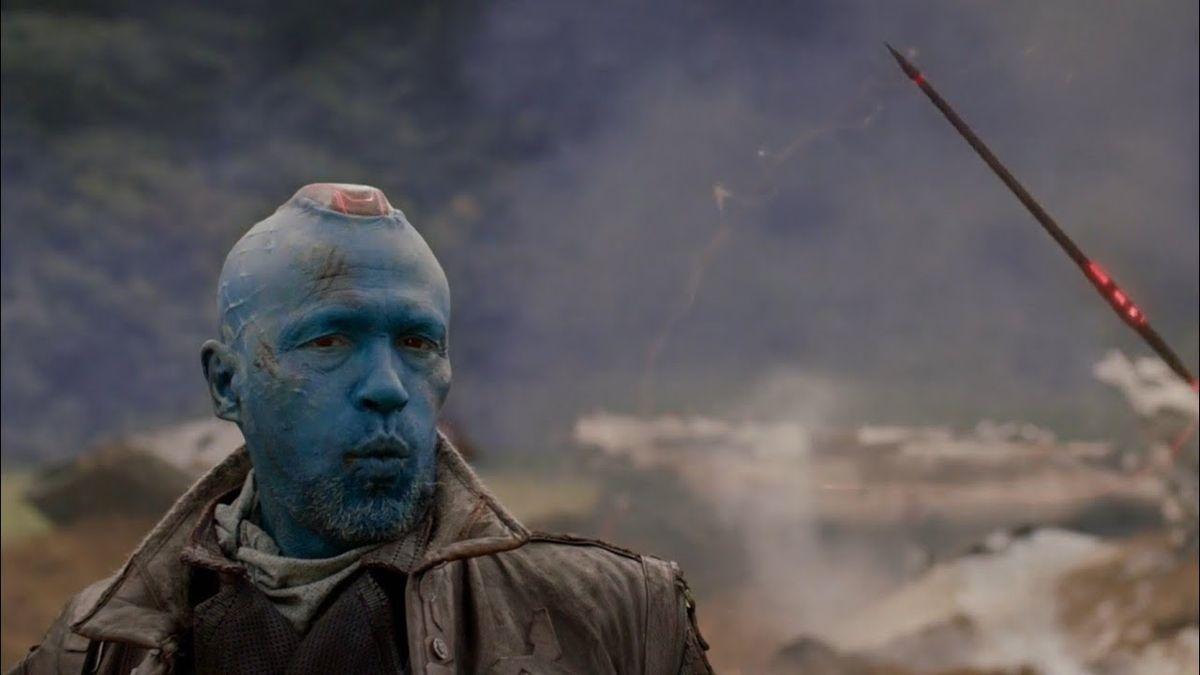First, let's look at the limits of your technology
Medieval war bows had tremendous draw weights. Estimates of 180 lbs are not uncommon. (I've drawn a 100 lbs. bow. It's a difficult draw if you're not trained to it.) And they threw heavy arrows — nothing at all like our modern hunting arrows. While one or two claims of 300 fps hover in the Internet aether, most people believe your average arrow speed was about 180 fps (55 mps).
Now... you have magic arrows. One wonders why bows are even involved. Maybe they aren't! You don't say, but even if they're not, everything I just said has value. Why?
An effective range of 300 meters means at traditional speeds the archer has 5.5 seconds to affect their plan — and the target has 5.5 seconds to do something about it.
But here's the kicker... In the heat and chaos of battle these little itty-bitty-zippy arrows will be impossible to see. And you have only 5.5 seconds max to use them.
And that's on a good day.
And if you let the arrows move faster, you simply rob your archers of the time needed to control the arrows.
Habits are hard to break
Generalizing something awful, medieval archers massed their fire.
Volley fire, as a military tactic, is (in its simplest form) the concept of having soldiers shoot in the same direction en masse. In practice, it often consists of having a line of soldiers all discharge their weapons simultaneously at the enemy forces on command, known as "firing a volley", followed by more lines of soldiers repeating the same maneuver in turns. This is usually to compensate for the inaccuracy, slow rate of fire (as many early ranged weapons took a long time and much effort to reload), limited effective range and stopping power of individual weapons, which often requires a massed saturation attack to be effective.
...
The term "volley" came from Middle French volée, substantivation of the verb voler, which in turns came from Latin volare, both meaning "to fly", referring to the pre-firearm practice of archers mass-shooting into the air to shower their enemy with arrows. (Source)
Now they have a new technology! But it actually takes time to change how everybody thinks (from the archers to their commanders to their kings...). As soon as the new technology becomes difficult to use (distance, fog of war...) everybody will return to what they know best: volley fire. Granted, with the magic arrows this would be devastating, but it's still an advantage to the defenders. If they can make the situation confusing for the archers, the archers will return to known tactics. It's just human nature (unless you're talking about 30-50 years of experience, but that's unrealistic due to continuing innovation in both magic and technology).
So, what can they do?
Press the attack. Get as close to the archers as possible to nullify the value of the magic arrows. Archers were usually a distance away so they were safe while they volleyed their arrows. The problem with your magic arrows is that for every meter lost to the approaching horde the archers lose 0.02 seconds of reaction time. It doesn't sound like much, but it adds up fast in a battle.
Try to fight during twilight when the archer's mid-distance vision will be blurry. If you can't finagle twilight, try to force their archers to face the sun.
Shift to speedy and agile cavalry rather than slow and predictable infantry. Become harder to hit. Then train your cavalry to make frequent pattern changes. In fact, it might be useful to study the pattern races used during an O-Mok-See.
Change your armor to include channels or shaped paths (think "skateboard park") so that the arrow must hit dead-on to penetrate and, if it doesn't, it gets deflected to useful places, like along toward the hips and the ground.
Camouflage! Wear cloth outside the armor that's a bit billowy and the color of the surrounding landscape.
Master fighting in the rain. Funny thing about rainstorms, it's darker, the rain is obfuscating, and people randomly slip. Since it affects both sets of infantry and/or cavalry identically, it's a major blow to the archers.
Finally, use fire to fight fire
- Using the promise of wealth beyond the dreams of avarice for success and pain beyond the mien of Lucifer for failure, motivate your own mages to work out how to cast Dispel Magic.
It's too easy to design the magic arrows to be godlike. Godlike is boring. The only way to defeat godlike is to create a flaw. An "Achilles Heel," if you would. The effective range of medieval arrows was about 140-300 meters, depending on the weight of the arrow. I'd favor 200 over 300 meters. Or...
Give up on the idea that your archers can accurately see and track the eye slits of medieval armor at 200 meters. Remember, heat and chaos of battle. Fog of war. It's unrealistic to believe that even a practiced archer could do that on anything other than a stationary dummy during practice. Thus, it's the more easiest way to introduce an imperfection that balances the magic system.

